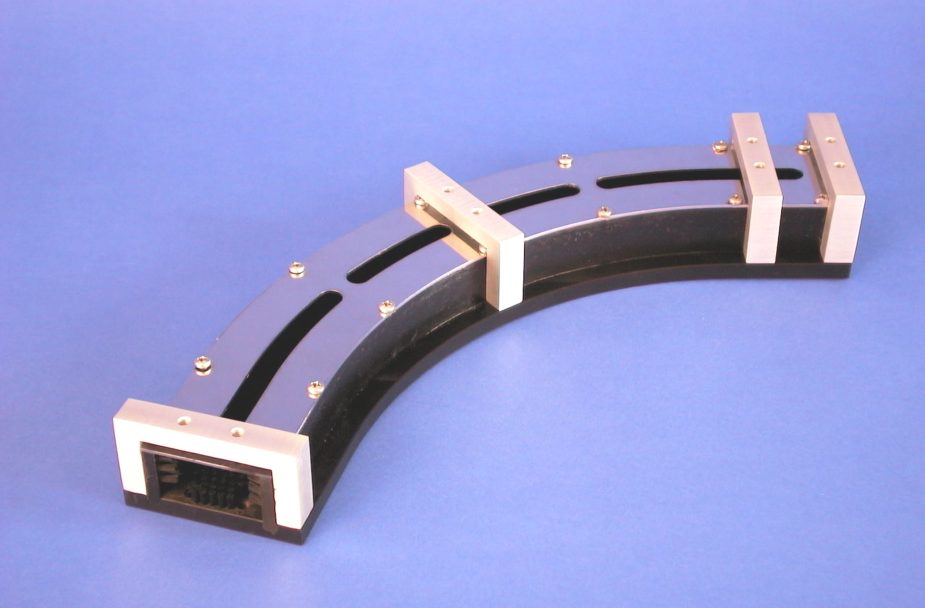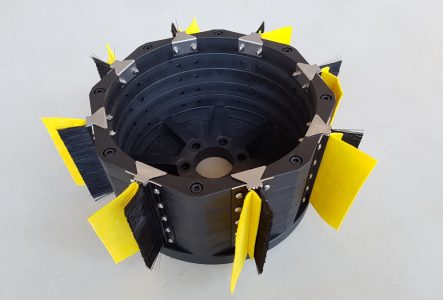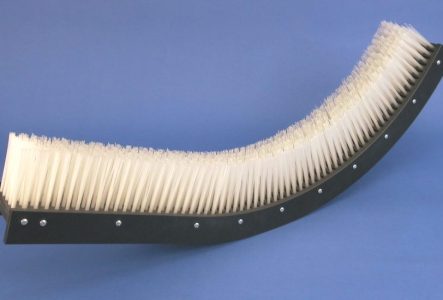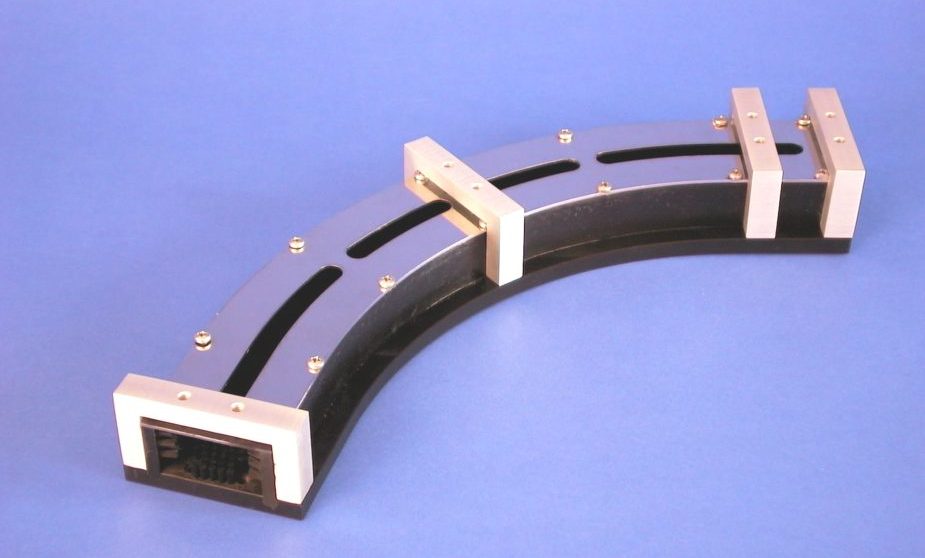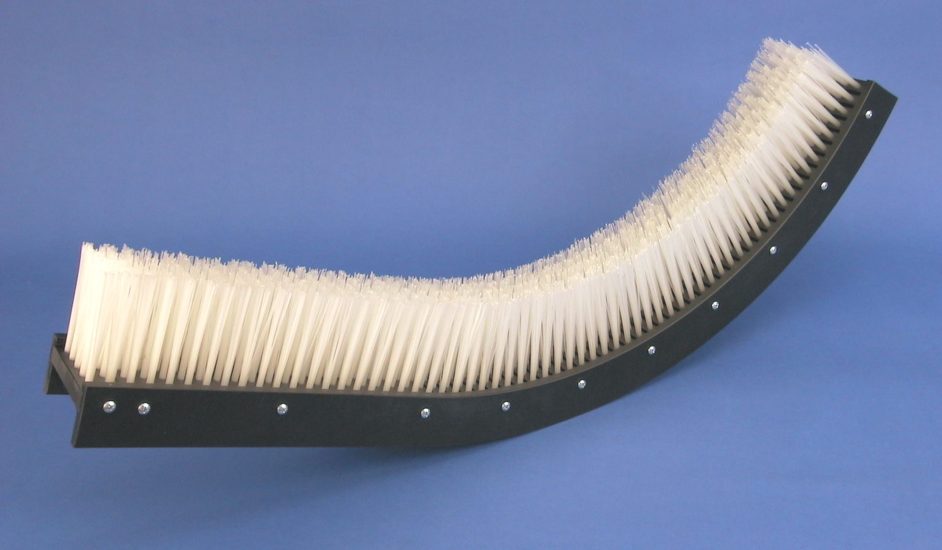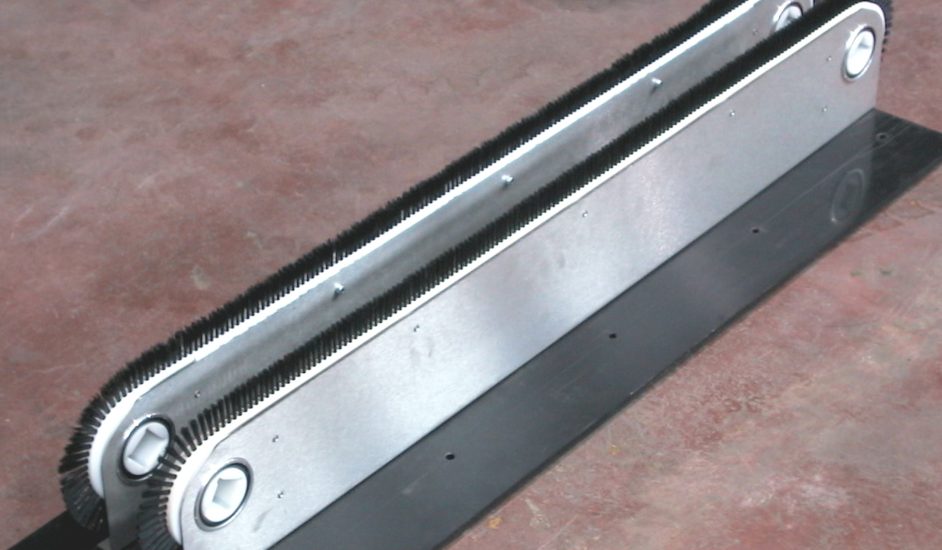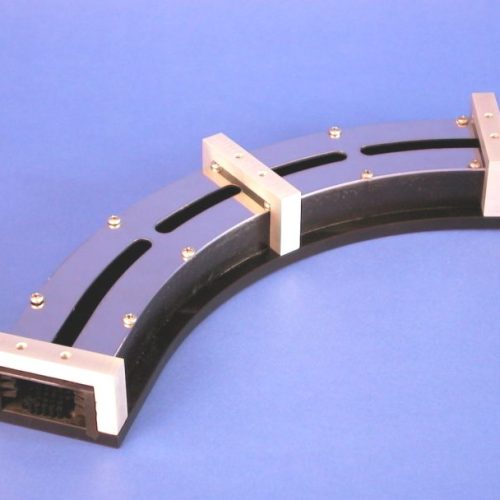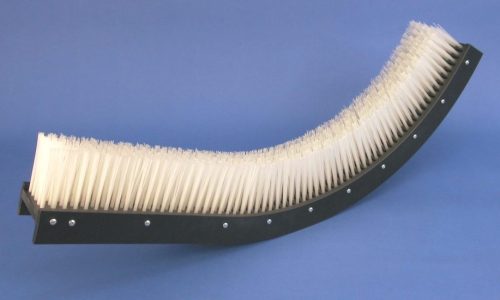Macro-components
Macro-components
Generalities
Industrial brushes must always be incorporated into more or less complex machines or plants. In any case, it is necessary that the brushes are somehow supported, fixed, moved. For these operations, the customer prepares the appropriate mechanical parts, which make the brush suitable to work in their machine.
More and more customers are asking us to directly supply these mechanical assemblies, which integrated with the brushes together form complex objects called macro-components, which will then be handled and managed by the customer.
Some examples of brush-type macro-components are:
- Brush tunnel curves for transporting objects
- Chip containment guards with built-in sheet metal support
- Belt conveyors
- Vibrating table panels
- Brush units motorised or to be motorised
The advantages for the customer of adopting macro-components are several, for example:
- Increased ease of assembly with savings in production time
- Shorter procurement times as the various parts are produced and assembled in parallel
- Fewer suppliers to manage
- Increased range of technical solutions available (e.g. pre-assembly of parts that would no longer be assembled once they have been assembled)
In order to offer the customer a macro brush component that is truly advantageous, a good knowledge of materials is also very important. Indeed, it will be necessary to take into account how the product will be handled, in what environment and under what stresses. In addition, the coupling of different materials, such as plastic fusion on metal, etc., is frequent. We believe that brush-type macro-components are a good solution to optimise the customer’s work while ensuring reliable technical support.
Videos and images
GALLERY
Frequently asked questions
By assembling industrial brushes with mechanical parts, a macro-component is obtained.
For the customer it is convenient because the assembly of the unit is much faster and optimised. In addition, there is a single contact person with reduced order handling costs.
The possibilities are many, and one can only give a few examples.
Swarf suction hood with brush and integrated sheet metal hood. Curved elements for transporting objects (caps, coffee capsules, etc.) on anti-friction brush bed. Linear transport elements with belt brush and aluminium shoulders.
And many others.
Making a brush-type macro-component requires knowledge of the customer’s production process and the ability to properly design and assemble all the parts involved.
Knowledge of the best use of the brush in the process is also crucial.
Logically, not all brushes can do this.
Only if the parts combined with the brush are cheap, otherwise it is always possible to replace the brush alone.

